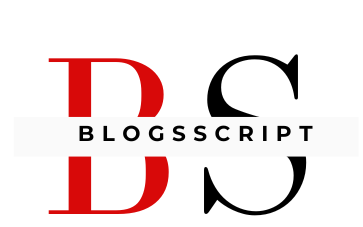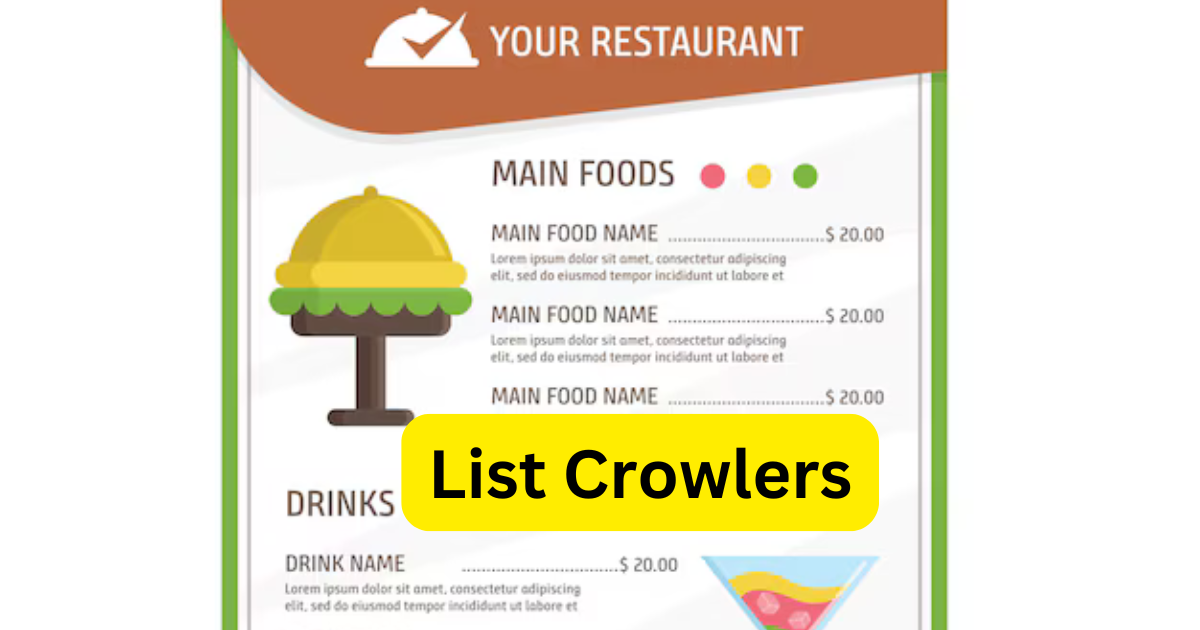Information retrieval is essential to efficiency and productivity in the huge digital world. List crowlers and other similar tools are now essential for gathering, arranging, and evaluating data from websites. List crawlers offer an automatic way to collect structured data, whether you’re running a business, doing research, or just trying to remain informed.
This article explores the idea of list crowlers, their uses, and the ways in which they can help people in a variety of industries.
List Crowlers: What Are They?
Software programs or scripts known as “list crowlers” are made to methodically search webpages and extract particular data, usually arranged in lists or other structured formats. Although they are designed for more specialized data collection purposes, these technologies imitate how search engines index web pages.
A list crowler’s main objective is to automate data retrieval, which saves time and effort in comparison to human gathering. Typical applications include of:
obtaining product information from online stores.
gathering lists of contacts, including phone numbers and emails.
combining information for study of competition.
assembling indexes or directories.
The Operation of List Crawlers
List crawlers work by scanning web page text and following links. This is a condensed explanation of their procedure:
Definition of Input: The user indicates what kind of information, including product names, costs, or email addresses, to be retrieved.
Crawling: The crawler moves through web pages by following internal links and frequently beginning at a base URL.
Data Extraction: Using predetermined criteria, the tool finds and extracts pertinent data.
Output compilation is the process of arranging the extracted data into a database or CSV file that may be used.
List Crawler Applications
List crawlers are use in many different industries:
Analysis of E-Commerce
List crawlers are use by businesses to monitor customer reviews, product availability, and rival price. Product development and pricing strategies are inform by this data.
Creation of Leads
To create strong databases for outreach, marketers and sales teams use list crawlers to collect contact details from directories or websites.
Journalism and Research
List crawlers are use by journalists and researchers to gather data for investigations, studies, and stories. This facilitates the effective discovery of patterns and insights.
Web analytics and SEO
List crawlers are use by SEO experts to examine the structure of websites, find broken links, or extract metadata in order to raise site rankings.
Legal and Ethical Considerations
While list crawlers are powerful tools, their use comes with responsibilities:
- Respect Website Terms of Service: Many websites have policies against automated data scraping.
- Avoid Overloading Servers: Excessive crawling can strain web servers, leading to potential bans or IP blocks.
- Data Privacy: Ensure compliance with data protection regulations, such as GDPR or CCPA, when handling sensitive information.
Ethical use of list crawlers ensures sustainable and responsible data collection practices.
Frequently Used List Crawler Tools
Numerous tools accommodate different skill levels and needs:
Scrapy: An open-source framework for sophisticat users based on Python.
Octoparse: An easy-to-use program for non-programmers.
ParseHub is well-known for its adaptability and user-friendly UI.
WebHarvy: Perfect for minimally configured structure data extraction.
Bright Data: A top-notch option for extensive web scraping requirements.
Obstacles and Restrictions
List crawlers are useful, but they have several drawbacks:
Dynamic Content: Specific crawlers may be need for websites that use JavaScript or AJAX.
CAPTCHAs: To prevent automate bots, certain websites use CAPTCHAs.
Data Accuracy: To guarantee usability, extract data may need to be clean or validate.
The Best Ways to Use List Crawlers
To optimize list crawlers’ effectiveness and moral application:
Prior to initiating the crawl, clearly identify your data requirements.
To make sure the crawler is accurate, test it on a sample dataset.
Keep an eye on crawl intervals and speed to prevent blocking or detection.
Update your tools frequently to keep up with changes to the website.
Conclusion
Data collection has been transform by list crawlers, which automate a formerly laborious and manual procedure. Their uses are numerous and significant, ranging from marketing and e-commerce to research and SEO. Nonetheless, appropriate use is necessary to guarantee adherence to moral and legal requirements.
Knowing how to use list crawlers can help you make more data-driven decisions, whether you’re a researcher, business owner, or digital enthusiast.
FAQs
What is the purpose of list crawlers?
Product details, contact details, and online analytics are examples of structure data that may be extract from websites using list crawlers.
Is it lawful to use list crawlers?
Although using list crawlers is usually acceptable, it must abide by the terms of service of the website and data protection regulations such as the CCPA or GDPR.
Does using list crawlers require coding knowledge?
Not always. While sophisticate tools like Scrapy necessitate programming expertise, solutions like Octoparse and WebHarvy are made for non-programmers.
How can I use a list crawler without getting block?
To lessen discovery, utilize rotating IPs or proxies, set proper crawling intervals, and refrain from making too many requests.
What difficulties do list crawlers encounter?
Data extraction can be made more difficult by dynamic content, CAPTCHAs, and shifting website structures.
Can big datasets be handle by list crawlers?
Large-scale data processing is possible with a lot of list crawlers, however system resources and tool performance vary.
List crawlers offer effective and scalable solutions for a range of data requirements, making them a potent ally in navigating the digital world. The full potential of this technology can be unlock by users by selecting the appropriate tools and implementing best practices.











